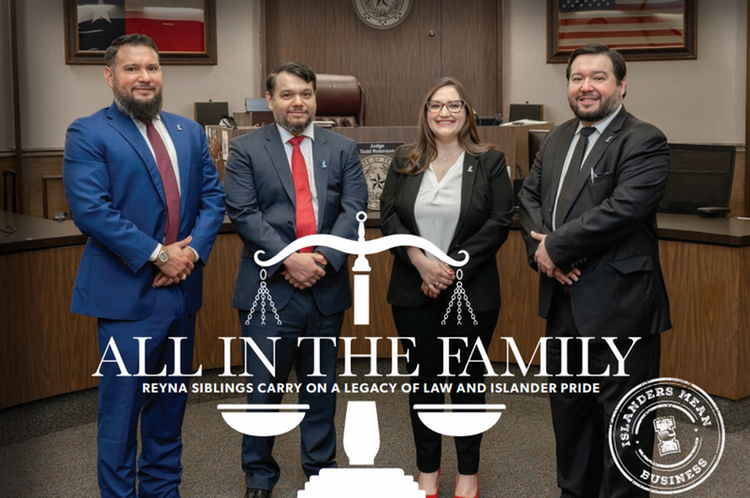Lone Star UAS Center Unveils Netting Structure that Allows Safer, More Efficient Drone Test Flights
TAMU-CC Lone Star UAS Center Unveils Netting Structure
A new netting structure – as big as a five-story warehouse – is giving drone-operating experts at the Texas A&M University-Corpus Christi Lone Star Unmanned Aircraft System Center of Excellence & Innovation a much greater ability to test drones safely and quickly at the center’s Flour Bluff headquarters.
CORPUS CHRISTI, Texas – The structure, made up of an 85-foot by 85-foot framework totally enclosed in netting material, was unveiled by Texas A&M-Corpus Christi President and CEO Kelly M. Miller. It covers more than 6,700 square feet and encloses more than 322,000 cubic feet of airspace, giving drones as small as 18 square inches plenty of space to fly missions.
“This is an impressive addition to our scientific facilities at Texas A&M-Corpus Christi,” Miller said. “The benefits are important to the Lone Star UAS Center as it works to advance technology and research with the FAA, with NASA, and with our many other partners.”
Unique in Texas, the structure provides a safe place away from pedestrians, roadway traffic, and military aircraft to conduct post-maintenance flights to check airworthiness of a drone. It’s an innovative solution for new pilots on Lone Star UAS fleet aircraft to learn, and it enables proficiency training for pilots using current National Institute of Standards and Technology requirements.
Lone Star UAS is reviewing what types of technology may be placed inside the structure to assist in conducting tests, such as motion capture cameras, acoustic sensors, small-scale city mock-ups, GPS sensors, and more.
The structure helps the Lone Star UAS team save time and money in travel that was previously required when such testing had to be done offsite – up to two hours away. Because of the center’s nearness to the Corpus Christi Naval Air Station, UAV flights were not permitted there before the netting structure was built. Planning began about three years ago while construction took less than three weeks. Cost of the structure was about $450,000.
“The netting structure allows Lone Star UAS to more efficiently use our space, location, and test capabilities to advance technology and research in several areas of interest for the Federal Aviation Administration,” Lone Star UAS Executive Director Michael Sanders said. “While being an FAA-designated test site is how Lone Star UAS began, we continue to develop our relationships in the realm of research within TAMU-CC and institutes of higher learning across Texas. This netting structure supports research goals that will benefit the communities in our region.”
The structure also will broaden the effort to support student success and outreach to the community.
“Initially, we will open the net’s use to TAMU-CC faculty and students to support aeronautics research and class or student projects,” Sanders said. “Later, we’ll allow local schools to use the structure in support of STEM (science, technology, engineering, and mathematics) education. This also gives us the ability to provide outreach to our local community so that this becomes a capability and a resource that everybody can use to help further the science and technology for safe drone flight, and for the community to understand how you can use drones safely in the national airspace system.”
The netting structure also can be used for demonstrations of aircraft capabilities. Additional opportunities may be possible in the future.
“As Lone Star UAS continues to develop its customer base, as well as research opportunities within academia, we will continue to identify areas of interest where we can bring in outside entities to use the net,” Sanders said.







































